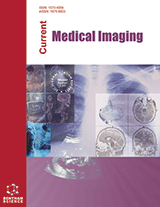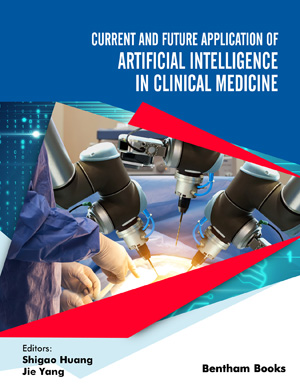
Abstract
Background: Empirical curvelet and ridgelet image fusion is an emerging technique in the field of image processing that aims to combine the benefits of both transforms.
Objective: The proposed method begins by decomposing the input images into curvelet and ridgelet coefficients using respective transform algorithms for Computerized Tomography (CT) and magnetic Resonance Imaging (MR) brain images.
Methods: An empirical coefficient selection strategy is then employed to identify the most significant coefficients from both domains based on their magnitude and directionality. These selected coefficients are coalesced using a fusion rule to generate a fused coefficient map. To reconstruct the image, an inverse curvelet and ridgelet transform was applied to the fused coefficient map, resulting in a high-resolution fused image that incorporates the salient features from both input images.
Results: The experimental outcomes on real-world datasets show how the suggested strategy preserves crucial information, improves image quality, and outperforms more conventional fusion techniques. For CT Ridgelet-MR Curvelet and CT Curvelet-MR Ridgelet, the authors' maximum PSNRs were 58.97 dB and 55.03 dB, respectively. Other datasets are compared with the suggested methodology.
Conclusion: The proposed method's ability to capture fine details, handle complex geometries, and provide an improved trade-off between spatial and spectral information makes it a valuable tool for image fusion tasks.
Keywords: Image fusion, Curvelet transform, Ridgelet transform, Empirical coefficient selection, CT and MR data, Brain images.
 13
13











